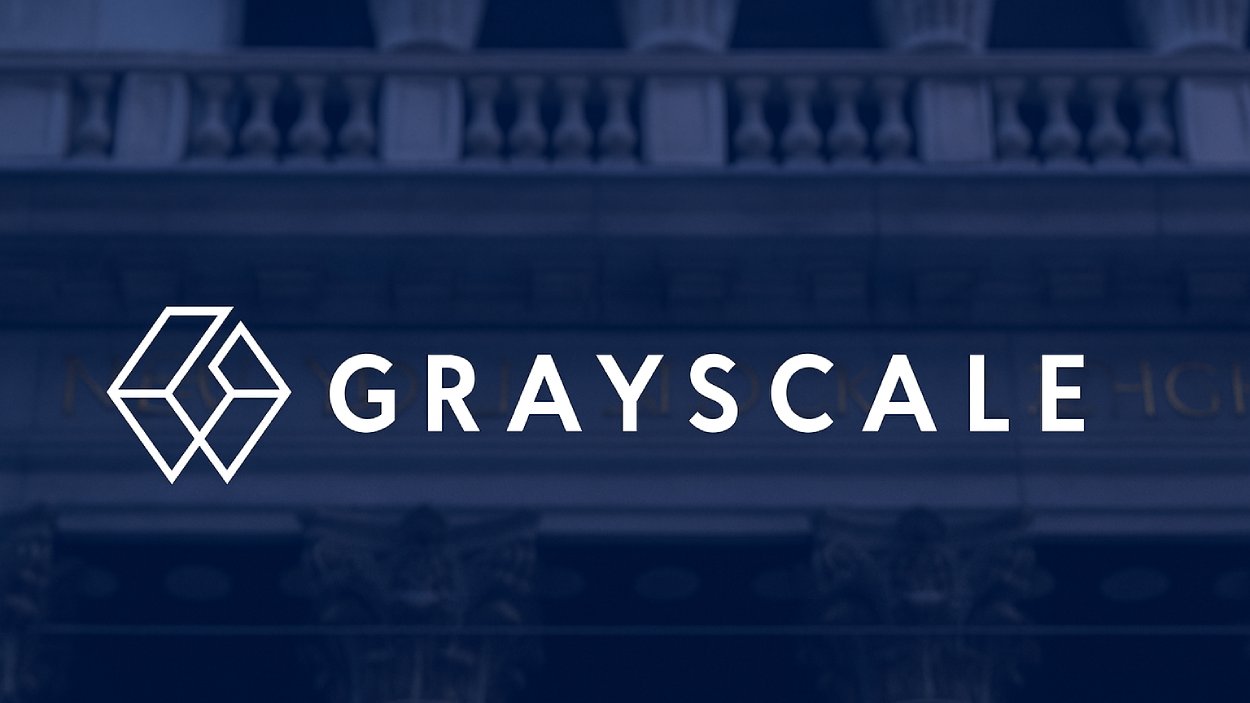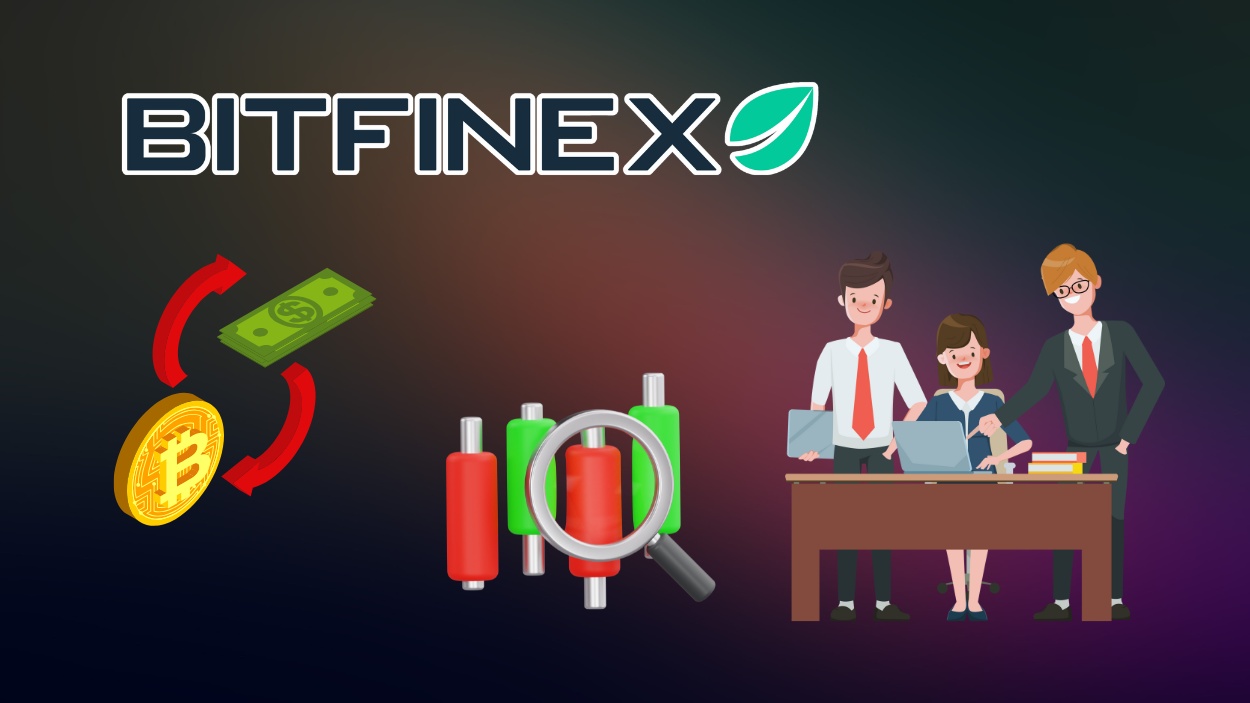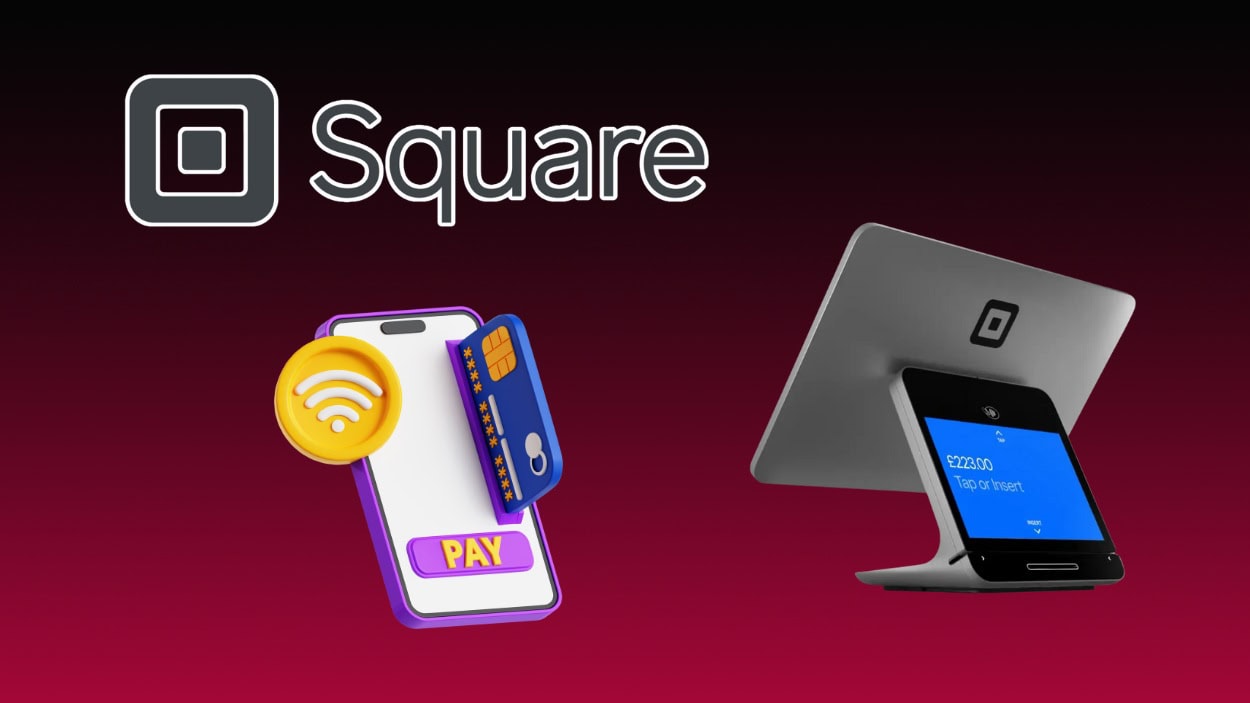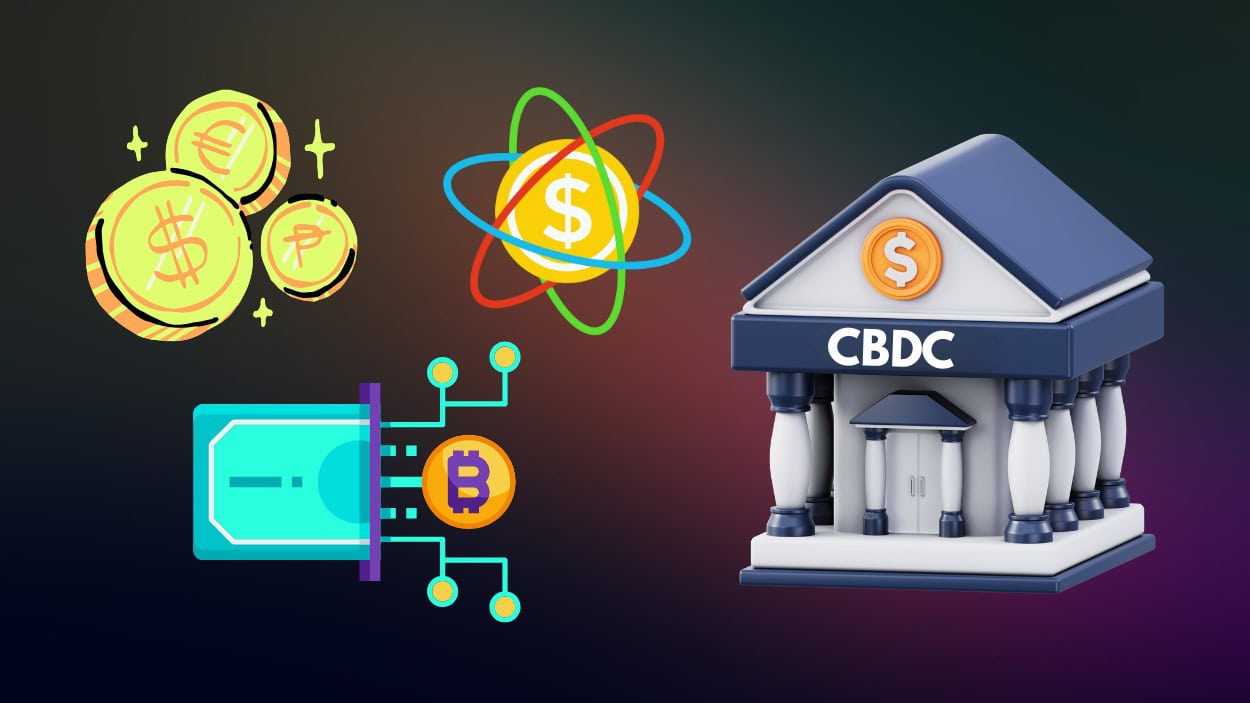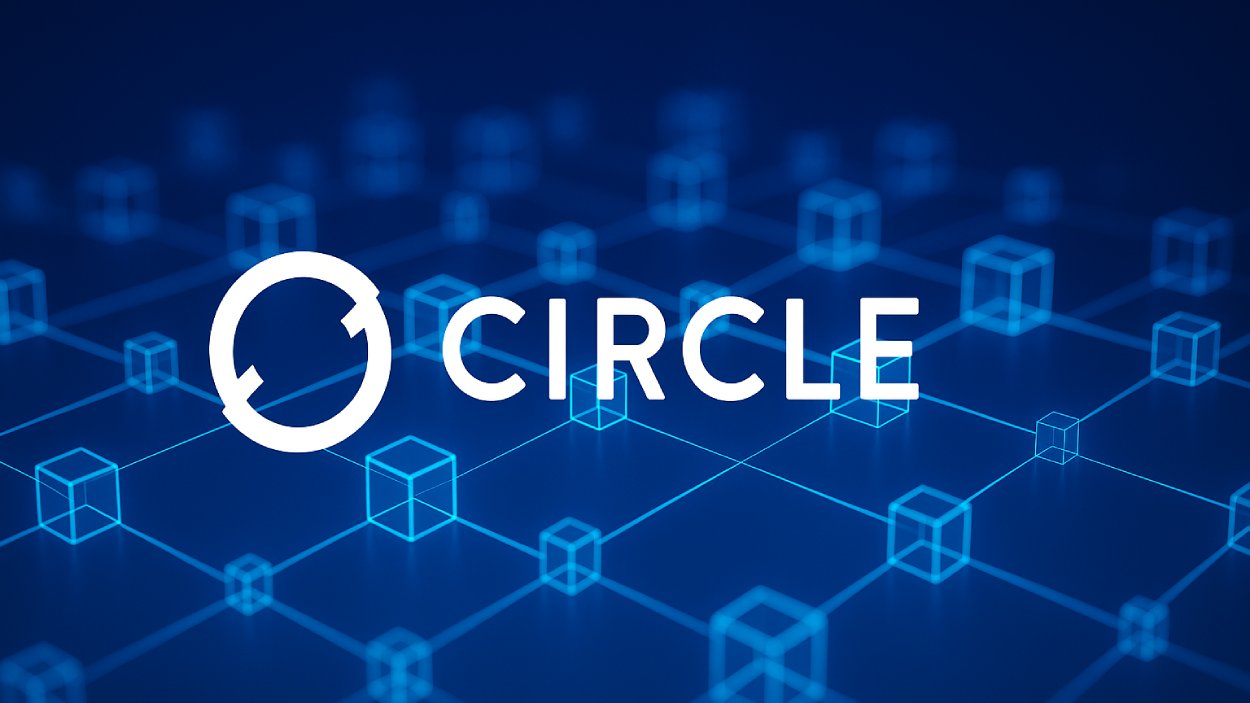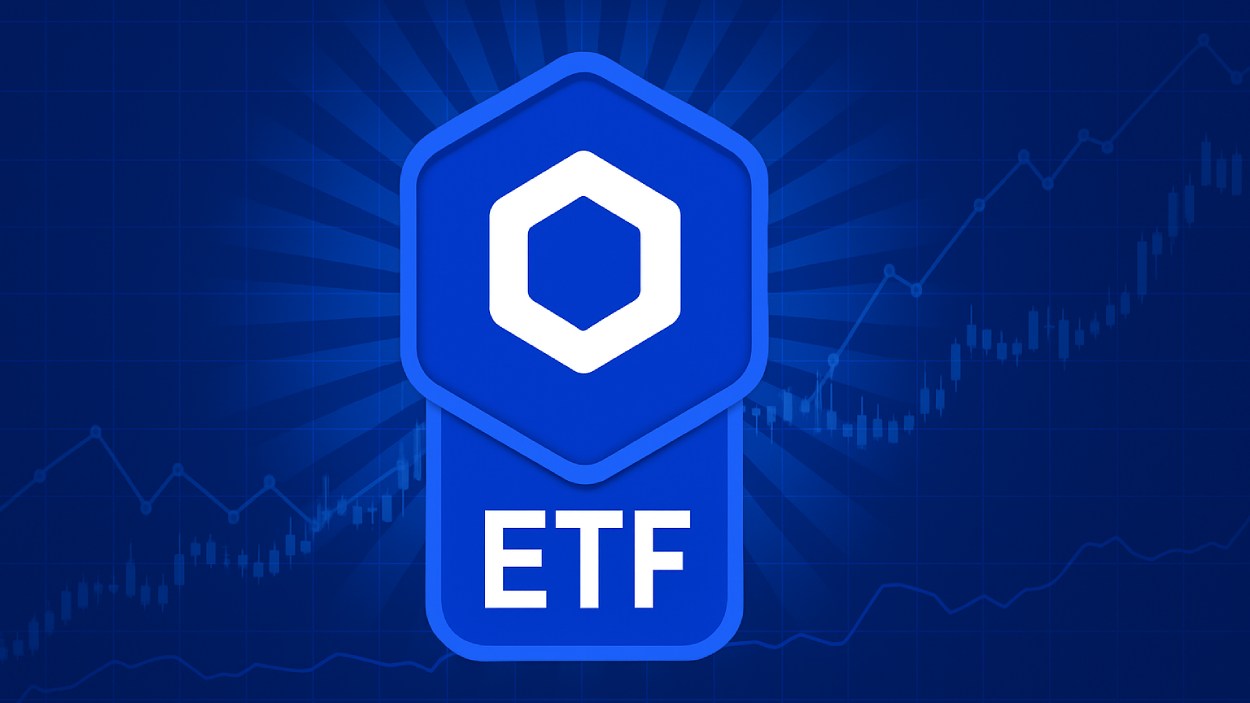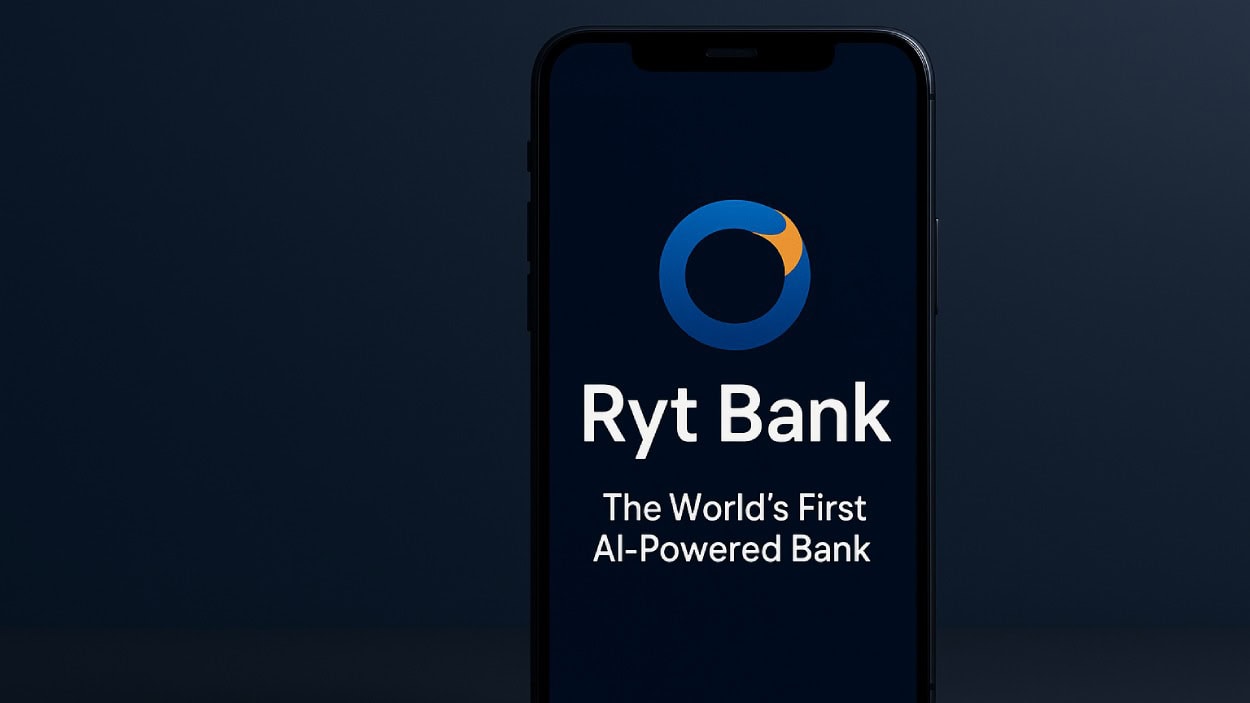Grayscale Investments has taken a major step toward going public with a filing to list its Class A shares on the New York Stock Exchange under the ticker symbol GRAY.
Key Takeaways
- Grayscale has filed an S-1 registration with the SEC as part of its plan to go public on the NYSE.
- The company aims to raise funds and boost market visibility, while maintaining control through a dual-class share structure.
- Net income fell to $203.3 million in the first nine months of 2025, down from $223.7 million the year before.
- Grayscale manages about $35 billion in crypto assets, making it one of the largest digital asset managers globally.
What Happened?
Grayscale Investments, a leading player in crypto asset management, formally filed for an initial public offering (IPO) with the U.S. Securities and Exchange Commission (SEC). The IPO would see its Class A common stock listed on the NYSE under the ticker GRAY. While the company has not disclosed how many shares it will issue or the expected price range, it confirmed the offering would proceed based on market conditions and regulatory review.
#IPO Filing: @Grayscale files S-1 for IPO.
— MartyParty (@martypartymusic) November 13, 2025
Grayscale Investments is preparing for an initial public offering (IPO) of its Class A common stock. The company is controlled by Digital Currency Group, Inc., which focuses on digital currency and blockchain technology. The IPO will… pic.twitter.com/xjXMe2gCmh
Grayscale Eyes Public Listing with Dual-Class Shares
The filing represents a shift from Grayscale’s previously confidential IPO application submitted four months ago. Now going public with its plans, Grayscale’s IPO will feature a dual-class share structure. Class A shares, which will be publicly traded, offer one vote per share and full economic rights. In contrast, Class B shares, retained by its parent company Digital Currency Group (DCG), will carry ten votes per share but no economic rights, effectively allowing DCG to retain strategic control.
The IPO proceeds will be used to buy membership interests from existing members of the operating entity, Grayscale Operating, LLC, at the offering price. Grayscale will function as a holding company post-IPO, adopting an “Up-C” structure, a common arrangement that allows existing members to exchange their holdings for shares in the newly formed public corporation.
Financial Snapshot Shows Decline Amid Market Adjustments
Grayscale’s S-1 filing revealed that its net income dropped by about $20 million year-over-year, falling to $203.3 million for the nine months ending September 30, 2025, compared to $223.7 million in the same period in 2024. Revenue also dipped from $397.9 million to $318.7 million, a nearly 20% decrease attributed to falling management fees and adjusted distributions.
Despite the decline, the firm’s $35 billion in assets under management (AUM) underscores its dominant role in crypto asset investing. Grayscale currently operates more than 40 digital asset investment products, including the widely known Bitcoin Trust ETF and Ethereum Trust ETF.
Backing and Timing Signal Strategic Confidence
Grayscale has appointed Morgan Stanley, BofA Securities, Jefferies, and Cantor as lead underwriters for the IPO. Co-managers include Wells Fargo Securities and Piper Sandler, signaling strong Wall Street backing for the move.
The IPO filing comes just as the SEC resumes full operations following a lengthy 43-day U.S. government shutdown. With market conditions stabilizing and the agency processing filings again, Grayscale’s decision to go public now may indicate renewed investor appetite and confidence in the broader crypto sector.
Grayscale Joins a Growing List of Crypto IPO Hopefuls
Grayscale’s move follows in the footsteps of other crypto-focused companies entering U.S. equity markets. While firms like Gemini have already made their Nasdaq debut, others, including Ripple Labs and Kraken, have so far held back from going public.
By positioning itself as a regulated investment firm serving institutional and retail investors, Grayscale aims to bridge the gap between traditional finance and the digital asset economy.
CoinLaw’s Takeaway
I think this is a major moment not just for Grayscale, but for crypto investing as a whole. In my experience watching the space evolve, moves like this represent a clear sign that digital assets are no longer fringe. Grayscale’s decision to go public is more than a business move, it’s a strategic signal to Wall Street and regulators alike that crypto is ready for the mainstream stage. I found the dual-class structure interesting. It shows that while they want to scale, they’re also not ready to hand over the reins. If the SEC greenlights this, GRAY could become the bellwether stock for the next wave of crypto finance.

